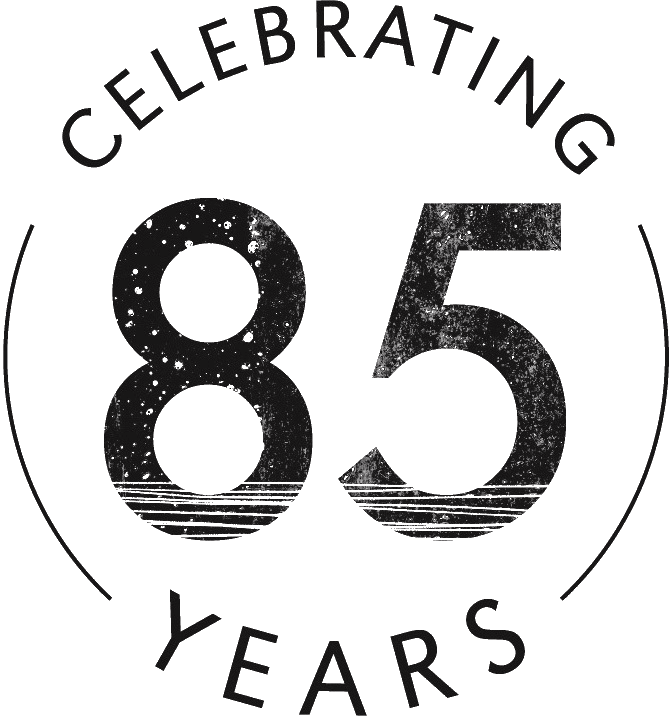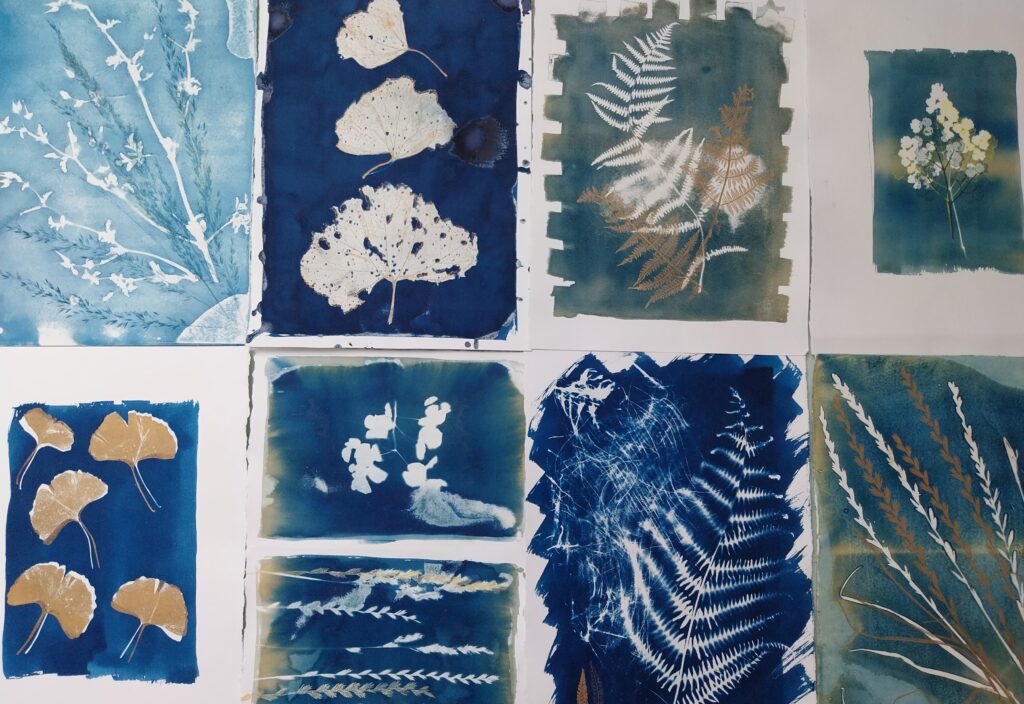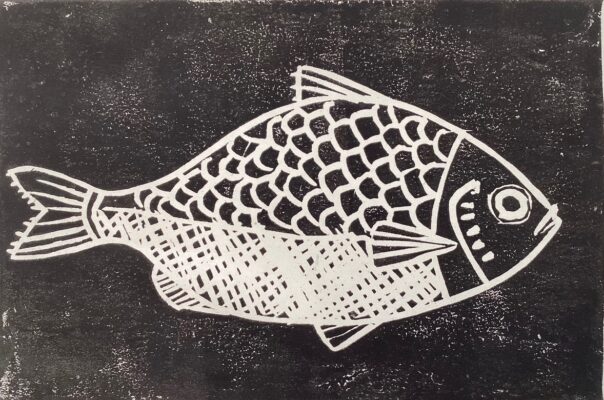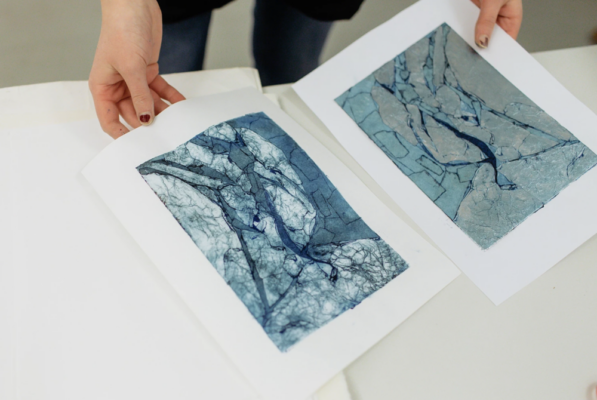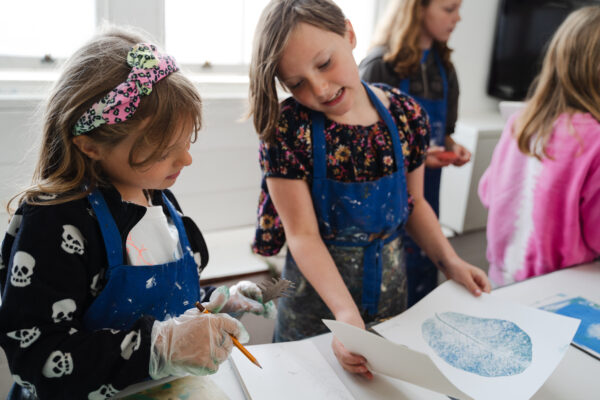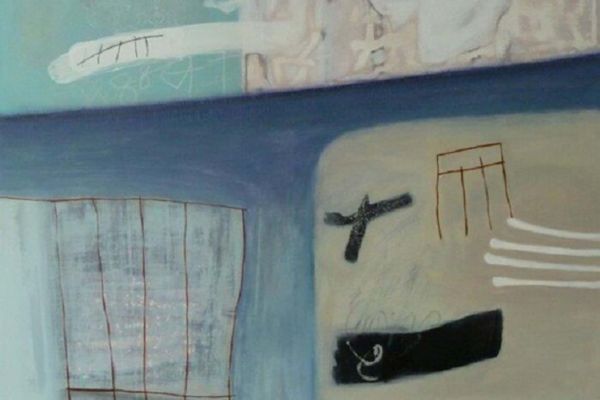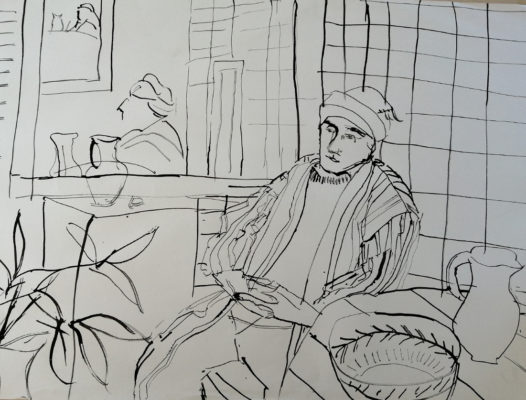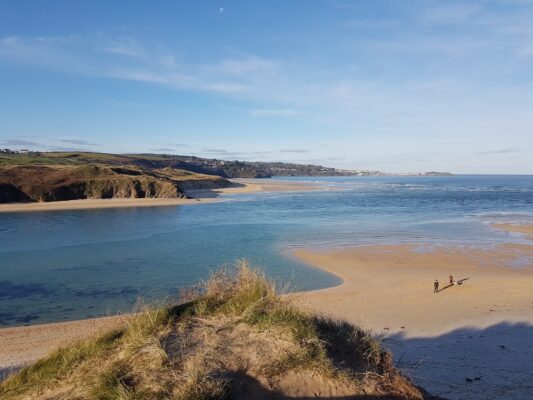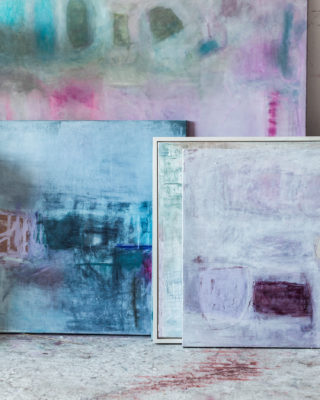Course details
Join new tutor Annabel Wilkes for this exciting approach to image-making using found objects from St Ives’ beautiful coastline.
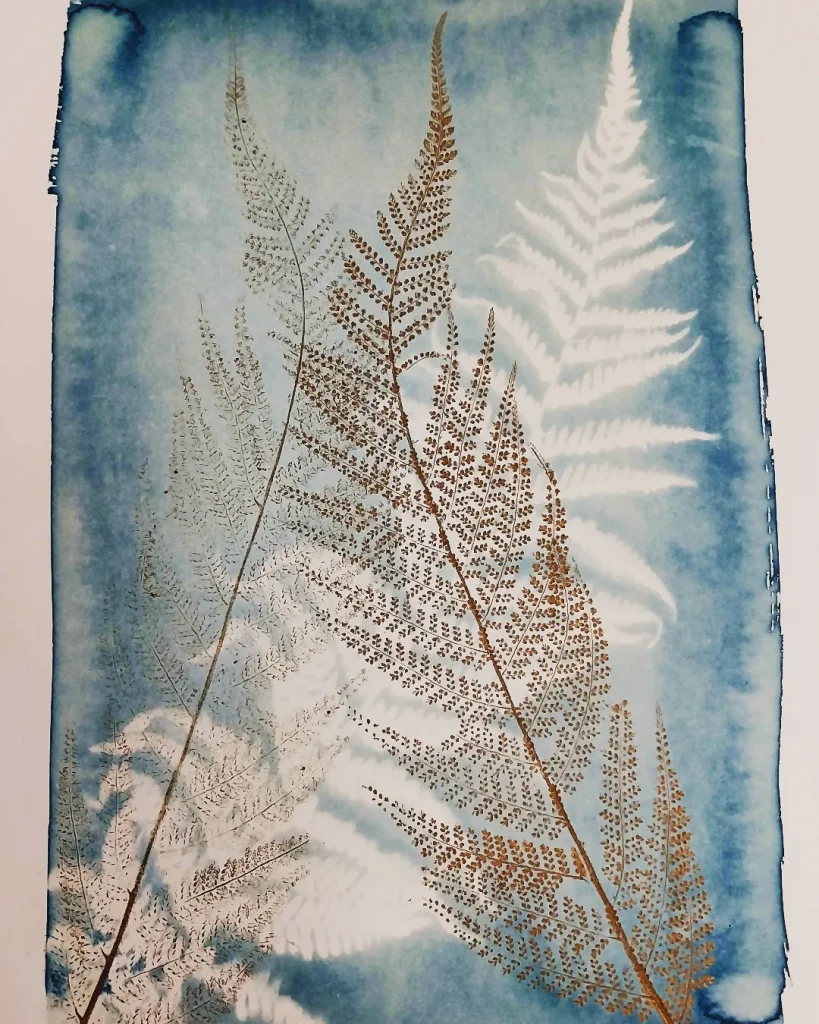
Cyanotypes are an exciting and accessible way of making prints from the objects and artefacts around us. Famously used by botanist and photographer Anna Atkins to document the line, form and patterns of the natural world, this three-day course merges photography, science and nature.
Over three-days, artist Annabel Wilkes will guide you through various approaches and techniques. By exposing found objects from the beach and coastal paths here at St Ives on photographic paper, you will leave the course with your own recordings and images of your time at the Studios. See how different objects react and respond to this process, and learn how to recreate this process when back in your own homes and environments.
Annabel will also show you how to transform these objects into monoprints using the print studios at Porthmeor; transforming shells, seaweed, flowers and other found things into beautiful prints.
This course is ideal if you are looking for a new technique to add to your existing repertoire of image-making, or a way to make fast and effective prints from natural objects. Suitable for any level, this is a fun and accessible approach to photography and printing. Weather dependent, there will be some walking on the first day.
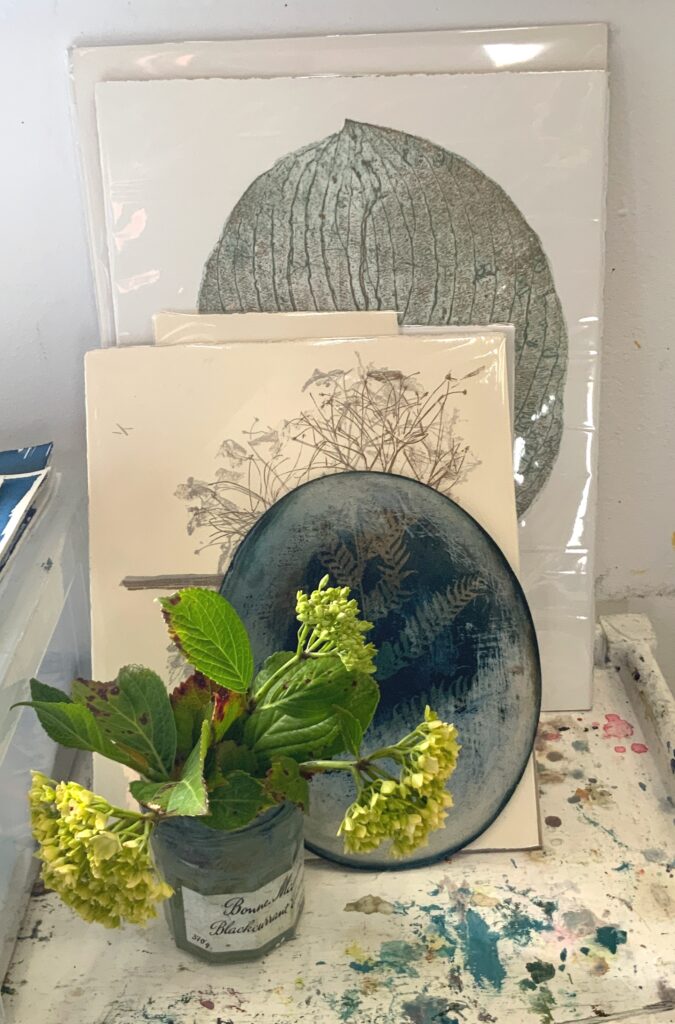
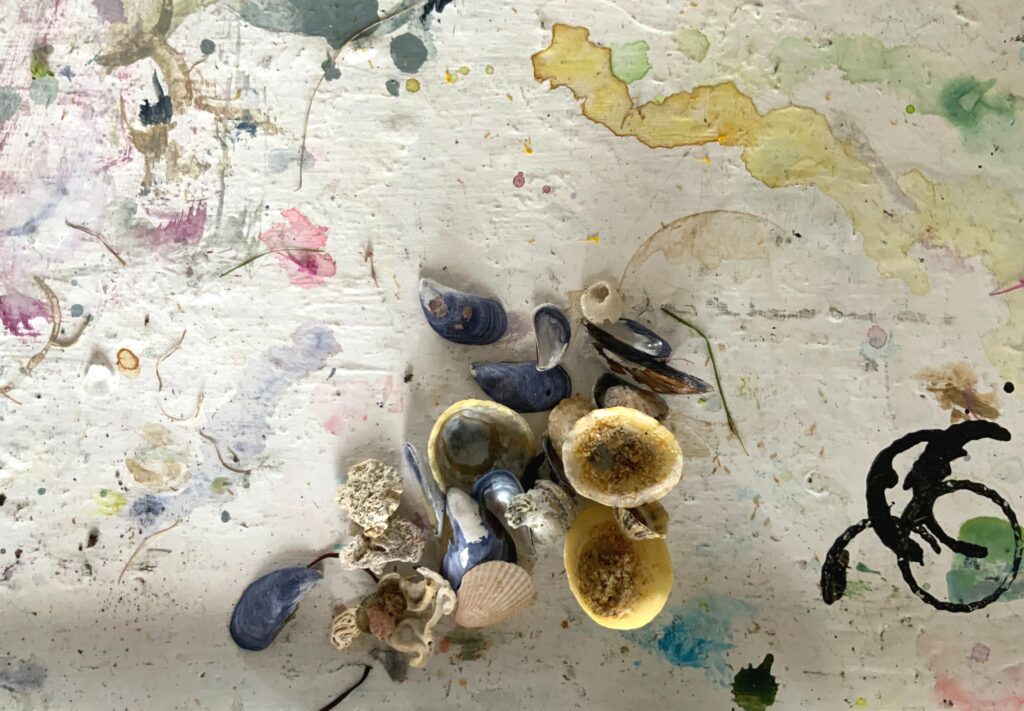
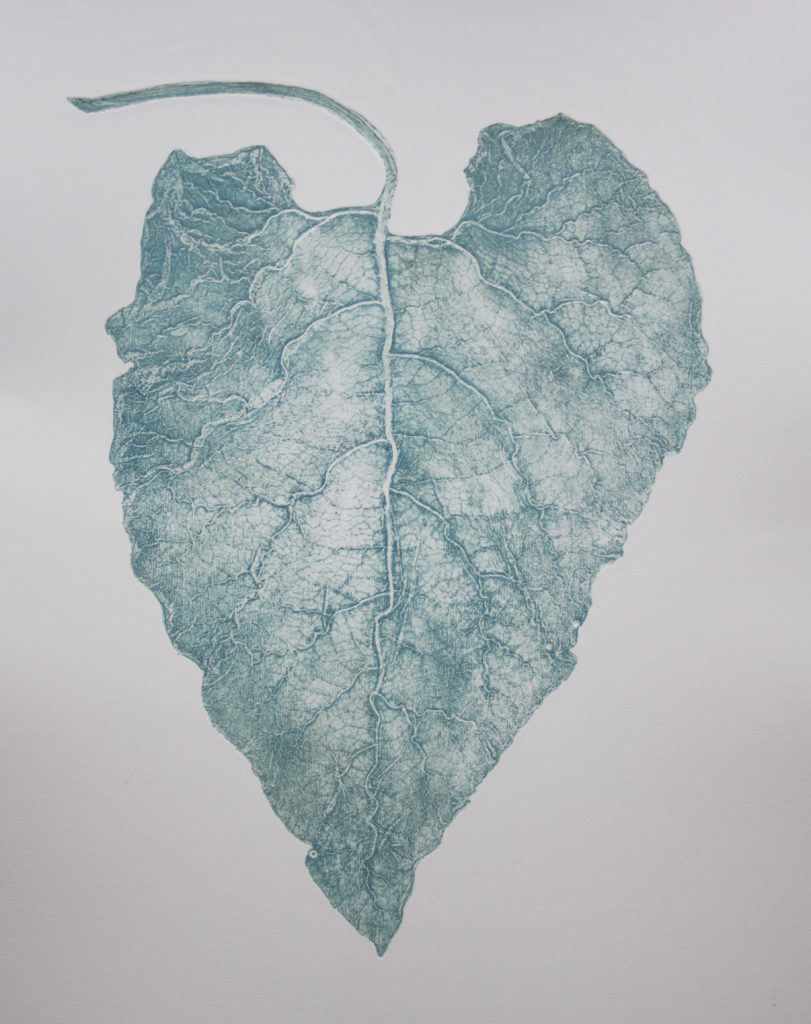
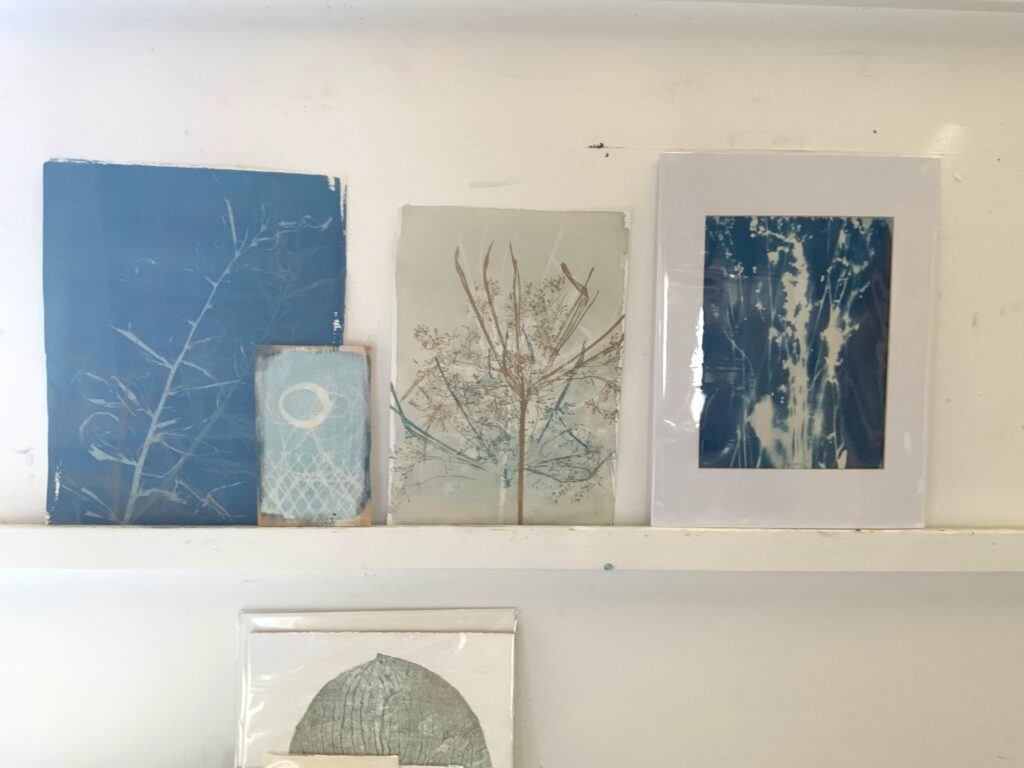
Day to day plan
Day 1
Take a walk on Porthmeor Beach in St Ives and collect natural and manmade objects and artefacts from the coastline and coastal paths in and around St Ives. Returning to the studio at the end of the day, experiment with cyanotype printing and mark-making.
Day 2
Continuing with your process of experiment and play, you will work across several prints and select objects to make monoprints from.
Day 3
Working on printmaking papers, on the final day, work with both your Cyanotypes and monoprints to create a finished body of work.
What will I learn?
- Learn how to create cyanotypes from found objects.
- Build confidence in composition and expand your visual language.
- Loosen your approach to image making.
- Learn how to transform your found objects into monoprints in the print studio.
Who would this course suit?
This course would suit artists at any stage in their creative journey; whether you have an established practice or are just starting out. Ideal if you are looking for ways to increase skills, experience and experimentation.
Taught by
What to Bring
Our studios are fully equipped and we provide you with all the materials you need for your course. However, if you have a favourite set of brushes or any specialist materials that you would prefer to use, please bring them with you.
Timings and Breaks
The first day starts at 10am and finishes at 4.30pm, please aim to arrive ten to fifteen minutes before the start time.
All course days after that start at 9.30am and finish at 4pm and there will be an hour for lunch. There are plenty of nearby places to eat and we will serve tea and coffee at break times during the day.
FAQs
Studio Courses
How can I get help in choosing a course?
Our friendly expert staff are always happy to discuss your needs and our courses in more detail to help you with your decision. Please call us on 01736 797180
How do I get my work home?
Tutors have special techniques for transporting oil paintings and the school has plastic folders available in our shop for £3.50 or do bring a portfolio.
For international students we are happy to arrange transportation of your work back home.
What do I need to bring?
Absolutely nothing! All materials and aprons are provided although some people do like to bring their own set of brushes.
What do I do for lunch?
Courses allow an hour’s break for lunch and there are numerous places nearby or you are welcome to bring a packed lunch into the studio.
What times do courses run?
Most of our courses start at 10am and end at 4.30pm on the first day. Subsequent days we start at 9.30am ending at 4pm.
Weekend Courses run 10am – 4pm on the first day but the final day starts at 9.30 and ends at 3.30 with a short lunch break to enable people to get home that evening.
Do you have to be experienced to come to the School?
The School is a very friendly and welcoming place for all ages and experience. Our drop-in life classes and August half-day workshops are ideal for those wanting to have a go for the first time. Most of our longer courses are also fine for novices.
If any of the courses do need a bit of experience we flag this up in the brochure and on the website.
Booking a Course
How can I reserve a place?
We will hold a provisional reservation for 24 hours if you give us a call whilst you find accommodation. Otherwise please book online or by telephone 01736 797180.
You can reserve a place with a £100 deposit; balance is due 12 weeks before course start date.
About St Ives
Where do I park?
The nearest long stay public car parks are the Island and Barnoon Long Stay Car Park, both a 5 minute walk away. In the peak summer months it may be easier to park at Trenwith Car Park by the leisure centre and walk down into town. If you don’t fancy the walk up the hill at the end of the day there is a shuttle bus which runs from outside the cinema.
How do I get there?
Public Transport: If you are coming from further afield the main train line runs into St Erth which is a 15 min taxi ride away or you can take the St Ives Bay Line which runs approx. every 30 minutes. The School is a 10 minute walk from St Ives station.
Driving: M5 will take you to Exeter where we recommend that you take the A30 across Bodmin Moor and into Cornwall. After passing Hayle, leave the A30 at St Erth roundabout for St Ives. Turn right at the second roundabout. This road will take you through Lelant and Carbis Bay into St Ives.
Where can I stay?
St Ives has a huge selection of hotels, guest houses and self catering accommodation to choose from. Please browse the art holidays St Ives section on our website and give us a call if you would like any help.
